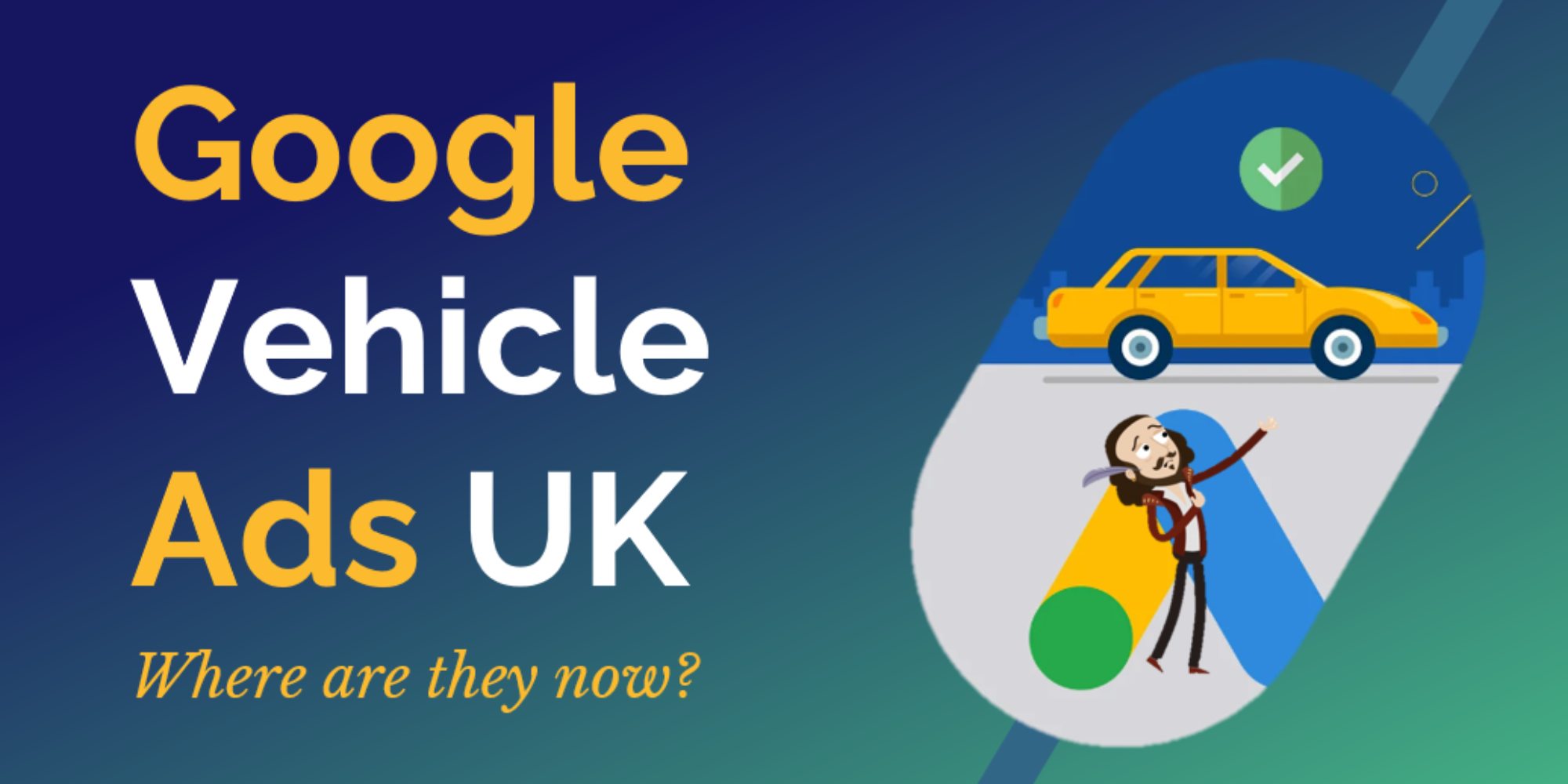Many online businesses are still using their website home page as a landing page, but it has been proven many times over that this is not a particularly effective strategy. Users who have clicked through from a link are expecting to see the specific content they requested, not to have to look for it.
Different landing pages should be created for each marketing campaign and for every targeted audience to aid analysis. Landing pages typically contain the content the user has requested. They should also include a call to action. This is usually a form for the visitor to complete in order to receive further benefits or content. Visitors might also be encouraged to sign up to a service.
From a business aspect, landing pages serve at least two critical functions: they increase website traffic or popularity and they provide the ideal opportunity to capture information about a visitor, which enables engagement with him in the future. Any such follow up would seek to convert him into a member or customer.
General Appearance
To maintain familiarity and continuity, the overall look of the landing page should mirror that of the source website in terms of colour scheme and other branding imagery.
Headline
Because this is the first thing that a landing page visitor is likely to see, it should be written as a confirmation that the visitor has arrived where they expected to be. This can be achieved by using the same phrase that attracted the visitor initially, e.g., "E-Book Download: Perfect Landing Pages".
Image and Text Description
Including an image of the product the visitor is expecting to see will reaffirm that he has landed on the right page. A carefully written and compelling text description or summary that explains the value of the offer should be added near the image.
Capture Form
This form is the most critical part of the landing page and it must be very carefully designed to achieve maximum conversion rates. Provided below are several points to consider.
Only request the minimum information needed to continue engagement with the visitor. This may differ between offers. For example, signing up for a newsletter really only needs a name and an e-mail address, whereas for the visitor to obtain a 40-page e-book they are likely to be more willing to part with additional information.
When the form has been filled in, the visitor should be invited to proceed by clicking on a button or link that describes what to do and what will happen, e.g., "Click here to access your e-book" rather than a single word such as "Submit".
Make sure you follow these two important tips: always ensure that the visitor receives his item immediately; and thank him for his interest by presenting a suitable message on screen or sending him an e-mail.
Summary
Never be afraid to create a lot of landing pages or to experiment with them. Only by trying out different approaches, e.g., having more than one landing page for a specific campaign, is it possible to find the one which works the best.















